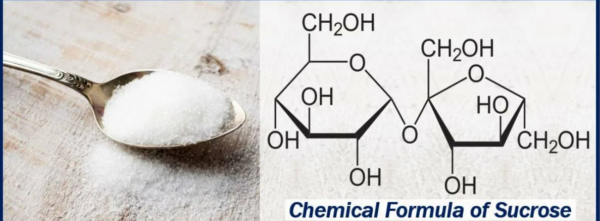Introduction:
Nature has long been a source of inspiration and discovery for scientists searching for new drugs, therapies, and solutions. The Natural Compounds Library is a rich repository that houses a vast collection of compounds derived from plants, microorganisms, and other natural sources. In this blog post, we will delve into the significance of the Natural Compounds Library and highlight key points about its importance, exploration, and potential applications in pharmaceutical research and beyond.
Understanding the Natural Compounds Library:
Nature’s Chemical Diversity:
The Natural Compounds Library is a treasure trove of chemical diversity. It houses a vast collection of compounds that have been isolated from different natural sources such as plants, fungi, marine organisms, and microorganisms. These compounds encompass a wide array of chemical structures, giving scientists access to a unique and extensive chemical space for exploration.
Potential Drug Discovery:
The Natural Compounds Library plays a crucial role in drug discovery and development. Many significant drugs in modern medicine have been derived from natural compounds, such as penicillin and taxol. The library provides researchers with a starting point for screening and identifying potential lead compounds for drug development, offering a valuable resource in the quest for new therapeutic agents.
Targeting Novel Biological Activities:
Natural compounds have the potential to exhibit a wide range of biological activities, including antimicrobial, anticancer, anti-inflammatory, and antioxidant properties. The Natural Compounds Library allows researchers to explore and test these compounds for their potential biological activities, providing opportunities for the discovery of new treatments for various diseases and conditions.
Synergy and Drug Combination Studies:
The Natural Compounds Library is also useful in studying the synergy and combination effects of different compounds. Researchers can screen and investigate mixtures or combinations of natural compounds to identify synergistic effects that may enhance therapeutic efficacy or reduce side effects. This approach can lead to the development of novel combination therapies and improved treatment strategies.
Source of Inspiration for Organic Synthesis:
Natural compounds from the library can also serve as a source of inspiration for organic synthesis. Scientists can study the chemical structures and underlying mechanisms of action of these compounds to design and synthesize novel molecules with improved properties or enhanced biological activities. This synthetic approach allows for the creation of new compounds that are not naturally occurring but have potential as therapeutic agents.
Conclusion:
The Natural Compounds Library is a vital resource for researchers in pharmaceutical and biomedical sciences. Its extensive collection of diverse compounds derived from natural sources provides a starting point for drug discovery, potential leads for new therapeutic agents, and valuable insights into the complexity of nature’s chemical diversity. The exploration and exploitation of the Natural Compounds Library hold significant promise in advancing our understanding of biology, developing novel medicines, and finding innovative solutions to various challenges in healthcare and beyond.
#NaturalCompoundsLibrary


